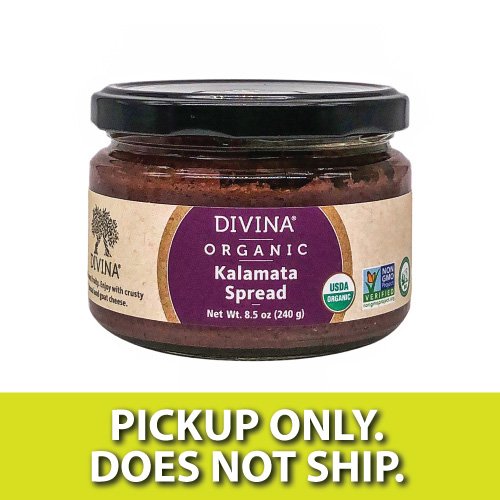

When you’re done with cooking, ensure to keep the olives moist. The olives have their natural salty flavor, and you don’t want to overdo things. When cooking with Niçoise olives, you want to be careful with salt. For brine-cured olives, make sure they’re plump with smooth and shiny skins. To select the right Niçoise olives, watch out for clean, unbruised, and firm ones. Drain the packages before serving them for the best flavor. For one, you want to ensure that the olives are cool to room temperature before you serve them. Note, however, that there are some rules of thumb when it comes to prepping these olives. As expected, the preferred recipe for making will depend on what you’re using the olives with. They are an ideal seasoning ingredient for pasta, green beans, salads, potatoes, tomatoes, and even soup. You’ll especially love Niçoise olives because they work for pretty much anything as well. Most of them come packaged with herbs, and they are especially famous because of their incredibly savory flavor. They are produced around the French Riviera, and they are incredibly popular. Niçoise olives are a variety of olives that originate from France. Best Substitute for Kalamata Olives in Pasta: Niçoise Olives While in the fridge, olives should be able to keep for about four to eight days. Make sure to keep the olives in the liquid that they came in, and you can also transfer the olives into an airtight container or a glass jar. Once you open the jar, the fridge is the best place for storage. It will be able to keep for over a year this way. If you have an unopened jar of black olives, keep it at room temperature – preferably, in a dry, dark place. The similarities between black olives and Kalamata olives also extend to their storage type. The fact that the two can easily stand in for each other is one of the primary reasons why black olives are an excellent substitute for Kalamata olives. These include salads, toppings (for pizza, pasta, sandwiches, and more), pasta sauce, and tapenade. Like Kalamata olives, you can use black olives in a wide array of functions. Note that you can easily alter the taste of black olives by using different types of herbs while brining them. They have very soft tastes, and they generally work well with other ingredients in meals. You can even find artificially-ripened ones as well.īlack olives have a milder flavor than Kalamata olives. While Kalamata olives have a distinct name and flavor, there are different types of black olives.Īlso known as ripe olives, black olives are one of the few olive varieties that can be harvested when fully grown. However, black olives themselves vary from Kalamata olives as well.

So, as explained earlier, Kalamata olives are a variety of black olives. Options for Kalamata Olives’ Substitutes Top Recommended Substitute for Kalamata Olives: Black Olives Since there are several substitutes, this should be fun!

Non-availability: You might not have any kalamata olives around you.

Kalamata olives are also fantastic additions to wine platters and can spruce up things like pizza and pasta. They taste delicious with salads, are a great addition to pasta sauce, and can help to make your dips even better. You can use kalamata olives for various purposes. This is why most people process or cure them before consumption. Their fleshy pulp provides a meaty texture, although they seem to have a naturally bitter taste. Kalamata olives have a dark-purple look and an oval shape. They also have a wide array of health benefits, including and especially their ability to strengthen your heart. Named after the city of Kalamata, Greece, these olives have a rich content of antioxidants and healthy fats. Kalamata olives are just one of the many variants of olives available. 5 Best Substitutes for Kalamata Olives in Salads: Gaeta Olives An Overview of Kalamata Olives


 0 kommentar(er)
0 kommentar(er)
